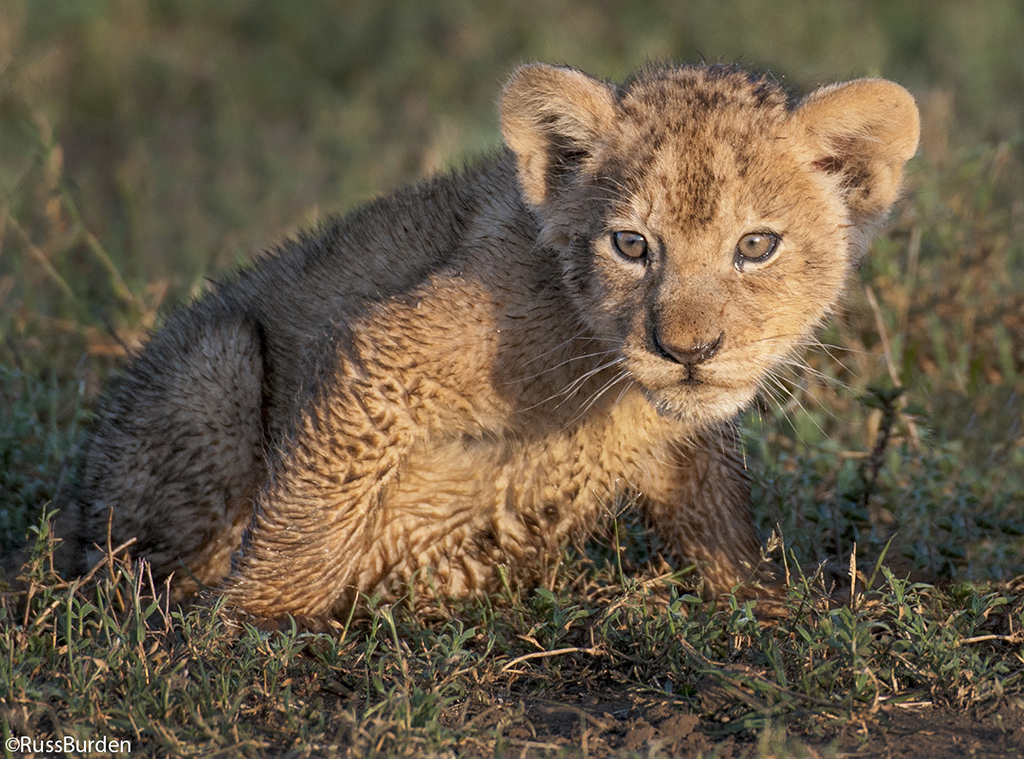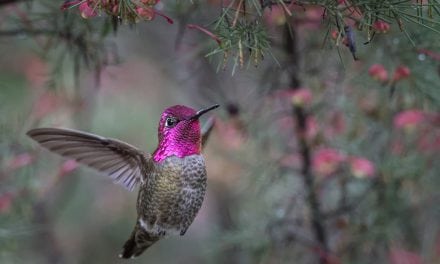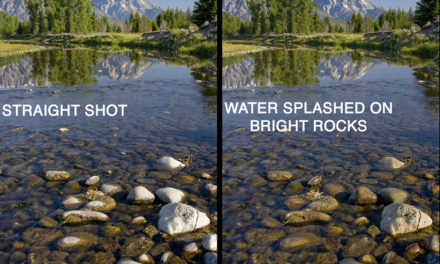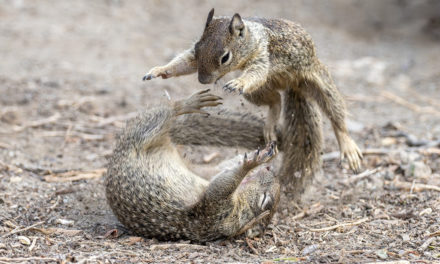
Regardless of subject matter, the rules of good photography don’t change. Whether you photograph wildlife, make portraits, shoot landscapes, create tabletops or simply walk around your neighborhood and generate street scenes, good photographic principles remain constant. Good light is the essence of every photo. Combined with excellent composition, a great subject and good technical attributes, you’ll produce winners. Sounds simple, doesn’t it? Actually, it’s as simple as ABC: Angle of the head in a wildlife portrait / Balance in a landscape / Crop strategically.
Angle #1: The importance of a proper head angle in wildlife photography can’t be understated. A connection between the photographer and the subject should occur, which in turn leads to a connection between the viewer and the photo. What does this mean? When people interact, eye contact is made. This conveys a message that each person’s spoken word is important. If one person looks away, it sends a signal of disconnect. The same holds true with a photograph. If the subject is turned away, there’s no connection with the photographer, which leads to no connection with the viewer. The guideline is that once the subject’s head goes past perpendicular to the camera, a disconnect occurs.

Angle #2: Equally as important is how close the subject is placed to the edge of the frame relative to the direction in which it looks or traverses. If the direction of the gaze or movement is out of the photo, it leaves little room for it to see or move past the edge. A more comfortable feel is created when the subject can gaze across more image space created by the photographer.
Balance: It’s essential to make the viewer feel comfortable and not feel as if the photo is weighted down to one side or to the top or bottom. This is controlled through balance when the composition is created. As you construct a composition, study the placement of everything that’s included. Be sure the foreground, middle ground and background elements are proportional.
Balance can be symmetrical. This occurs when repeated patterns are present. If both sides of the photo are identical, balance is achieved. It can also be asymmetrical. This is a bit more difficult to achieve, as the composition needs to have elements that take on equal weight across the composition. Create a composition so all components equally attract the viewer’s eye. Avoid placing the subject in the center of the frame as it creates a static composition.

Once you feel you’ve achieved a good arrangement of subjects, take your eye away from the viewfinder or the LCD. Count to 10. Look back at your creation and scan every part. You may be surprised at how many flaws you see. If the photo needs tweaking, do so. Repeat the process and make changes as needed.
Crop: A well-executed crop is one where everything that appears should be included and nothing that’s included needs to be removed. Think about these words and apply them to every composition you make. It dictates that every element is important. Study the edges of the viewfinder to see if there’s a distraction. If one is detected, eliminate it. Look for bright spots that draw your eye away from the subject. Use your depth of field preview button to detect them. Press the DoF button with the lens set to a small aperture. Bright spots will be obvious if they exist. Sometimes the crop needs to be performed in post-processing. If the final format of the photo works better as a square, get rid of the areas that aren’t important. Be aware of this possibility when you make the initial capture. Your intended composition may not fit the rectangular format of the sensor. Make the photo and crop it in post.
Visit www.russburdenphotography.com for information about his nature photography tours and safari to Tanzania.
The post As Simple As ABC appeared first on Outdoor Photographer.
















